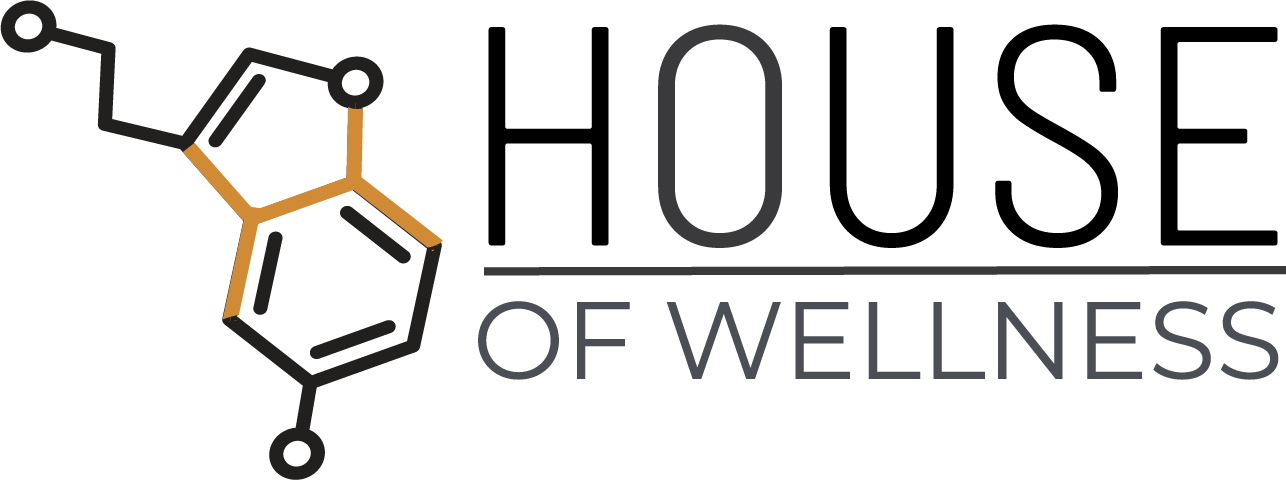When you feel depressed or anxious, the last thing you want to do is engage in some activity that will require your mental energy. The consequences of this are often a worsening of mood, feeling more detached from others and an increase in anxiety. As you feel more isolated, you may begin to be at risk for depression.
Feeling down can be a real challenge, but there are effective ways to lift your spirits. One powerful method is called Behavioral Activation (BA). It’s a strategy designed to help you break free from sadness and depression by engaging in activities that bring you joy. Behavioral activation is a basic coping strategy, as well as a short-term treatment, that can have a tremendous effect on your mood. This article will walk you through how to use Behavioral Activation to improve your mood and overall well-being.
Behavioral Activation is all about taking “action” to counteract feelings of sadness and depression. Instead of letting those feelings hold you back, BA encourages you to get back into the things you used to enjoy. It’s like a roadmap for reclaiming your happiness, one step at a time. Remember, baby steps.
How to Implement Behavioral Activation:
Create a list: Start by jotting down activities that are uniquely important to you. What matters to you? What kind of life do you want to create for yourself? Come up with activities that align with your values and desires. This will help give you an extra boost of motivation when your mood is down or experiencing high levels of anxiety. People often chose activities based on what they think they should be doing as opposed to what they want to do. If you come up with activities that aren’t important to you, it’s going to be difficult to be motivated and to really feel connected to the activities you’re engaging in.
Start with small steps: Make sure activities are specific and measurable. For example, let’s say that you came up with the activity, “Get organized.” What does this mean? What do you want to organize? If you organize your bills, does this mean that you have accomplished this task, or is there more to organize? Instead, you can plan to “Organize my office”. This is an activity that is specific and its completion can easily be measured. When activities are specific and measurable, it can give you more direction in behavioral activation.
Take action: Commit to doing the chosen activity, even if you don’t feel like it at first. Push yourself to take that first step, knowing that it’s a crucial part of the process. This process is called counter behaviors; it’s essentially doing the opposite of what we really want to do.
Reflect on your progress: After each activity, take a moment to reflect on how you feel. Notice any changes in your mood or mindset, no matter how subtle they may be. Recognize your accomplishments. Doing so can increase your motivation to keep moving forward, especially during those times when your mood is down. With one step at a time, you can use behavioral activation to build a more meaningful and fulfilling life
Behavioral activation is an excellent way of addressing some of the symptoms of PTSD, including avoidance behavior and symptoms of emotional numbing. In addition, behavioral activation can reduce your risk for depression and, if you have depression, help treat it.
Especially if you’re experiencing low motivation or a high level of anxiety, it’s important to set reasonable goals and take things slow. Start off with just a few activities and from there, slowly build up the number of activities you engage in each week. Even a small number of activities can have a big impact on your mood.




